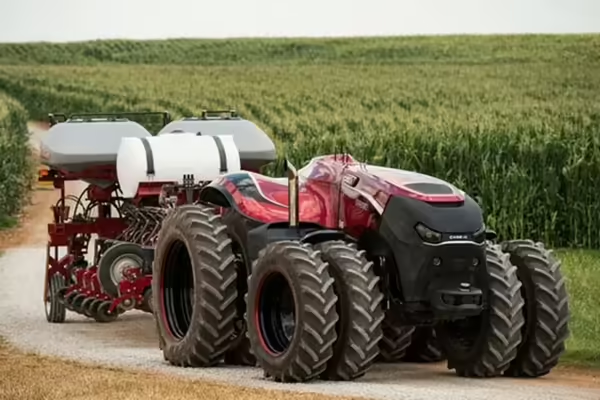
URBANA, Ill. — From self-driving tractors to weeding robots and AI-powered data collection, automated machinery is revolutionizing agricultural production. While these technological advancements can greatly improve productivity, they also raise new questions about safety measures and regulations. To address these issues, a recent study from University of Illinois reviewed current academic literature on the safety of automated agricultural machines. Based on a review of more than 60 papers, the researchers identified three main topics: environmental perception, risk assessment and mitigation, and human factors and ergonomics.
“The majority of the research focuses on the first category, environmental perception. These studies primarily deal with how machines sense obstacles in the environment and respond to them. There is limited work on risk assessment or ergonomics,” said Salah Issa, Illinois Extension specialist and assistant professor in the Department of Agricultural and Biological Engineering (ABE), part of the College of Agricultural, Consumer and Environmental Sciences and The Grainger College of Engineering at the U of I. Issa is corresponding author on the paper.
Read the full release from the College of ACES.
Photo: Self-driving tractor. Credit: Wikimedia.
Illinois Extension leads public outreach for University of Illinois by translating research into action plans that allow Illinois families, businesses, and community leaders to solve problems, make informed decisions, and adapt to changes and opportunities. Illinois Extension is part of the University of Illinois Urbana-Champaign College of Agricultural, Consumer and Environmental Sciences.